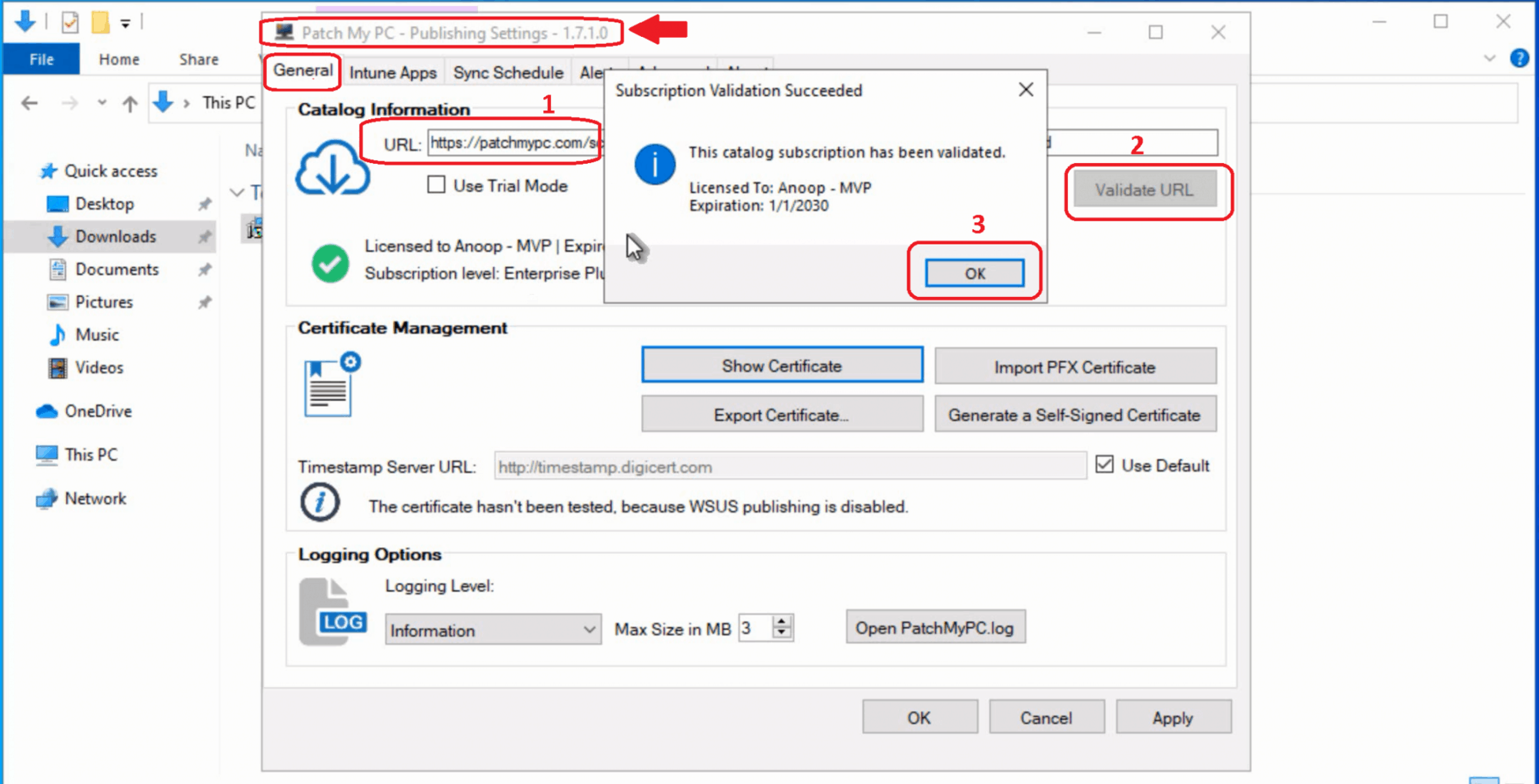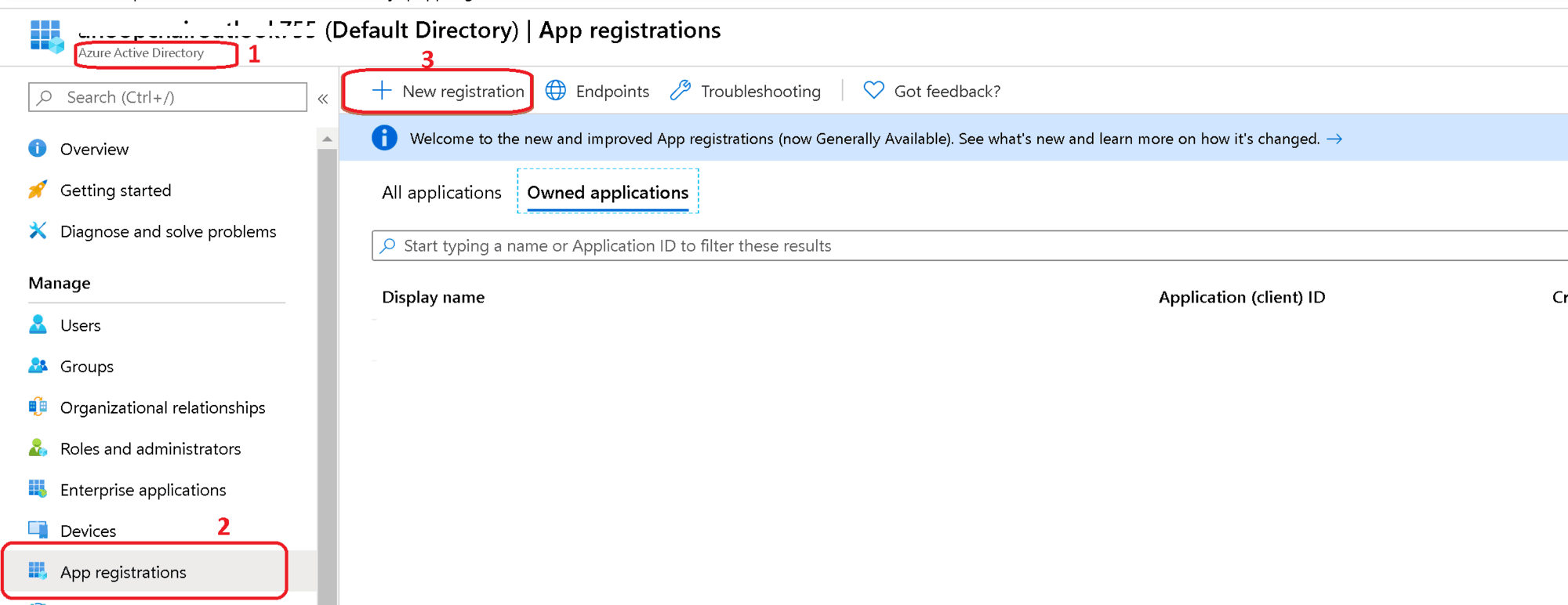



Besides, clients can always hook up to the server hosting WSUS to download updates and patches. In WSUS, the software downloads the latest patches and/or updates from the Microsoft-owned Update Server before distributing them throughout your network of endpoints.

Built upon SUS (Software Update Service), WSUS can enable corporate system administrators to quickly unroll and install updates, patches, hotfixes, drivers, and service packs.Īn interesting thing about WSUS is that this service works in tandem with SCCM (System Center Configuration Manager) to deploy, import, and install third-party security updates. Seasoned sysadmins may also find something of value in my digression, beyond the PTSD-inducing title (no disrespect intended).įirst, let’s talk about the elephant in the room which, in this case, is WSUS short for Windows Server Update Services, it’s Microsoft’s answer to automatic patching and deployment process. Which brings us to the topic “WSUS or Intune?” yay or nay? If you’re new to the patching automation game, then I encourage you to read on. That shouldn’t be too much of a hassle if your organization operates a small network, but it becomes a tad problematic when you’re dealing with hundreds of endpoints.Īutomation is the key to solving this sysadmin Catch-22. Patching is the new ‘kid’ on the block and already has it shown great potential in averting what can only be described as a corporate nightmare surely, it’s not an accolade to see confidential data flaunted around the dark web, screaming for users with open pockets.įrom a sysadmin’s standpoint, the patching process is the very embodiment of a thankless job – even now, there are companies (mostly startups) out there that are still relying on manual patching/updating. Patching has certainly gained a lot of momentum ever since research has proven that ‘unattended’ apps and software can quickly lead to a data leak.


 0 kommentar(er)
0 kommentar(er)
